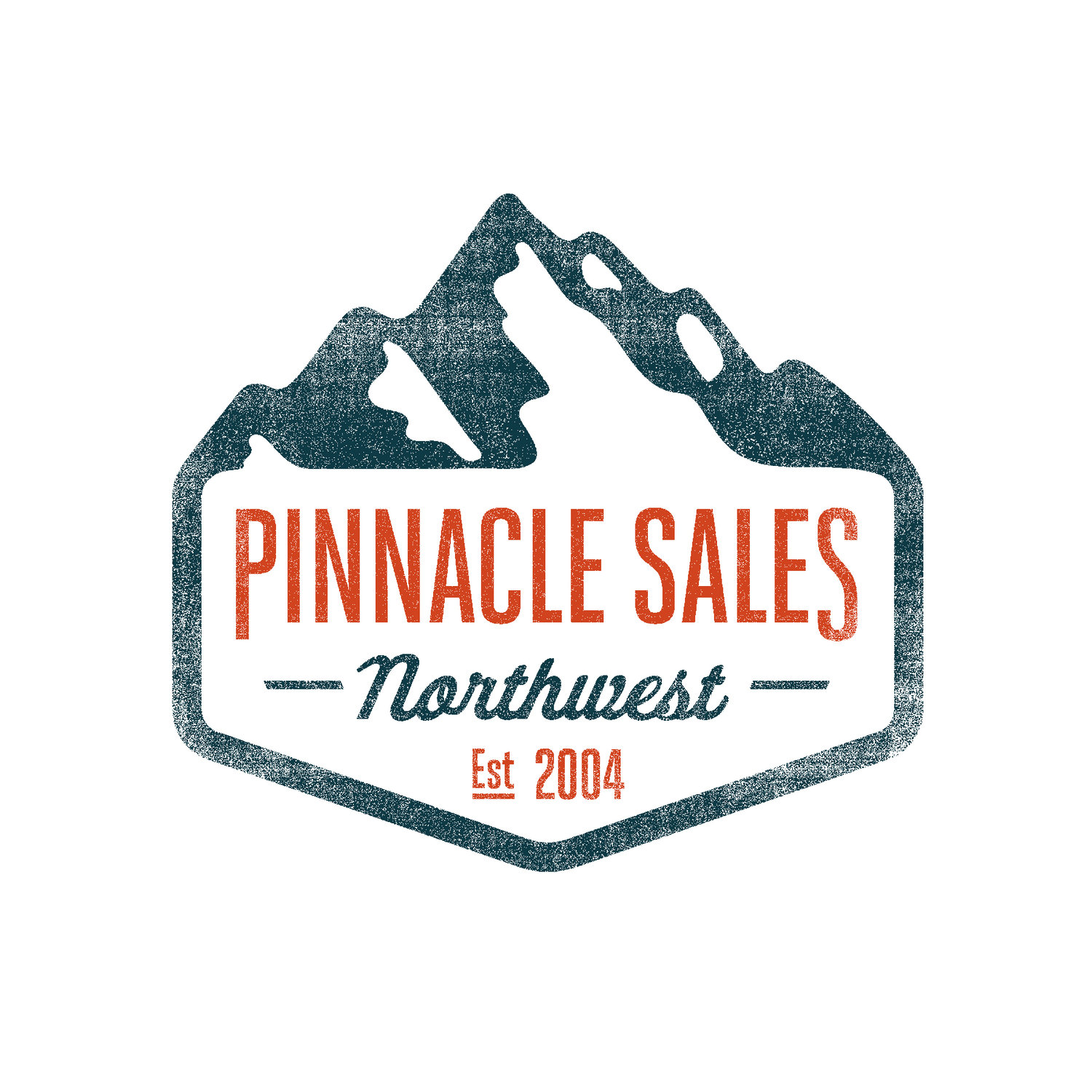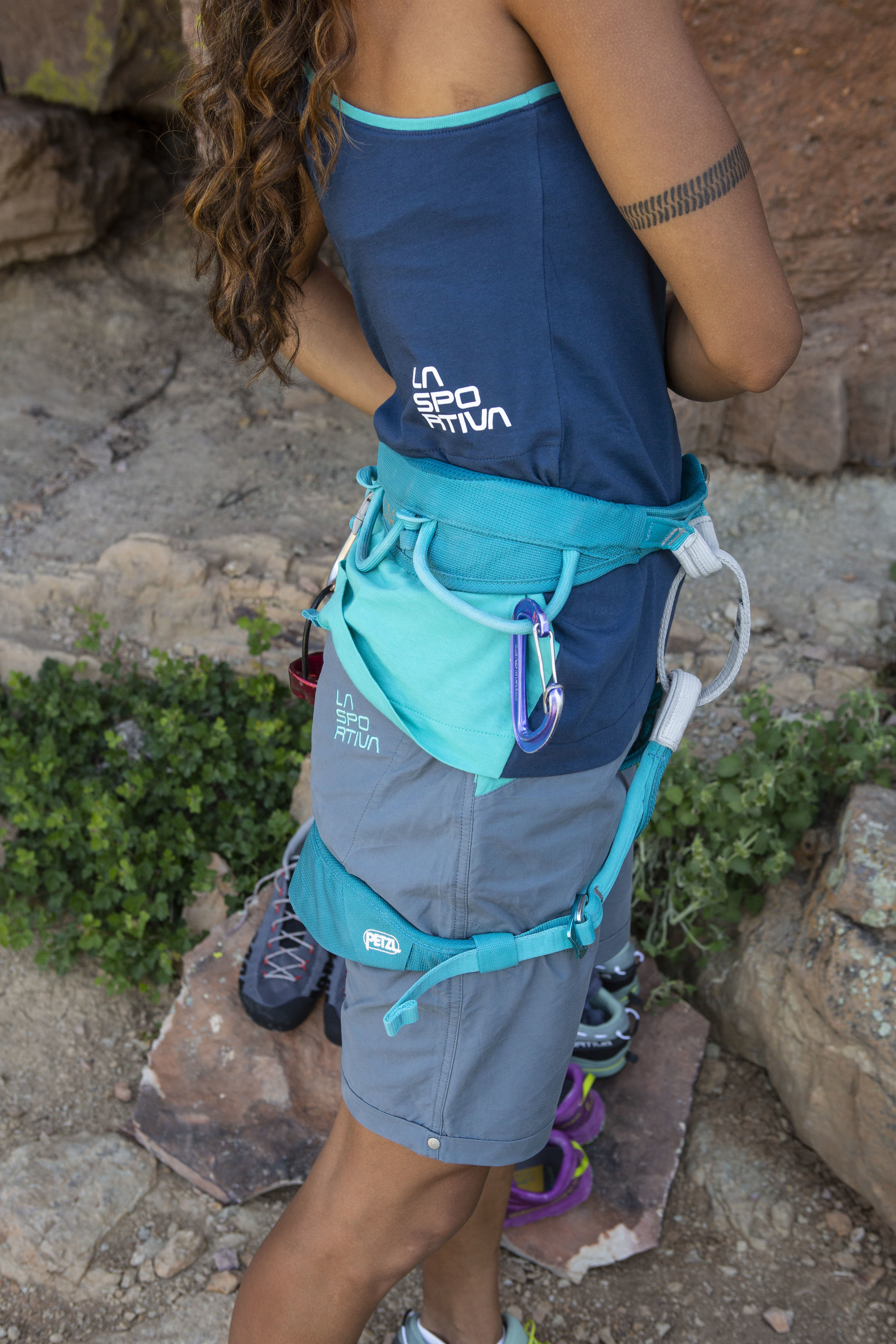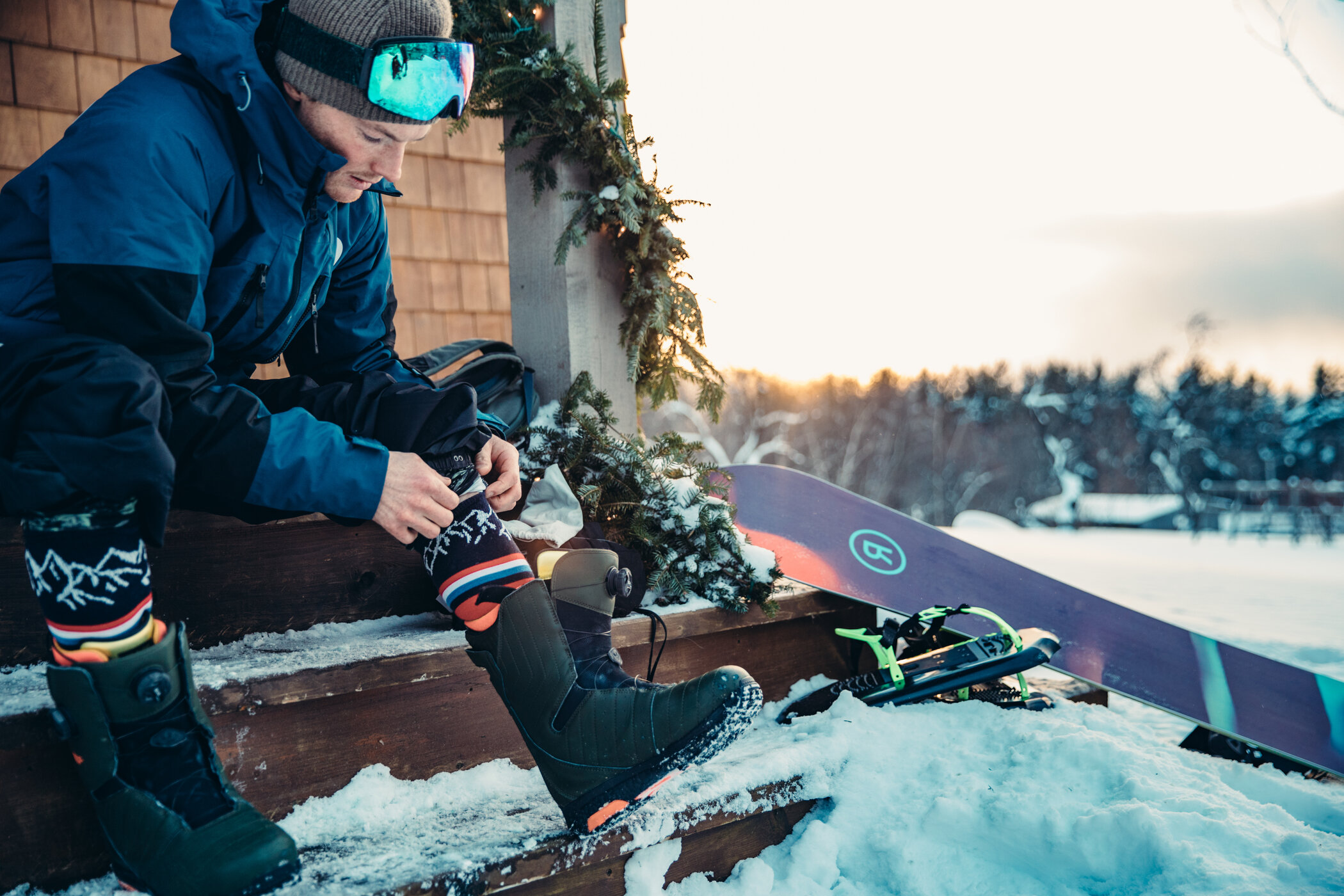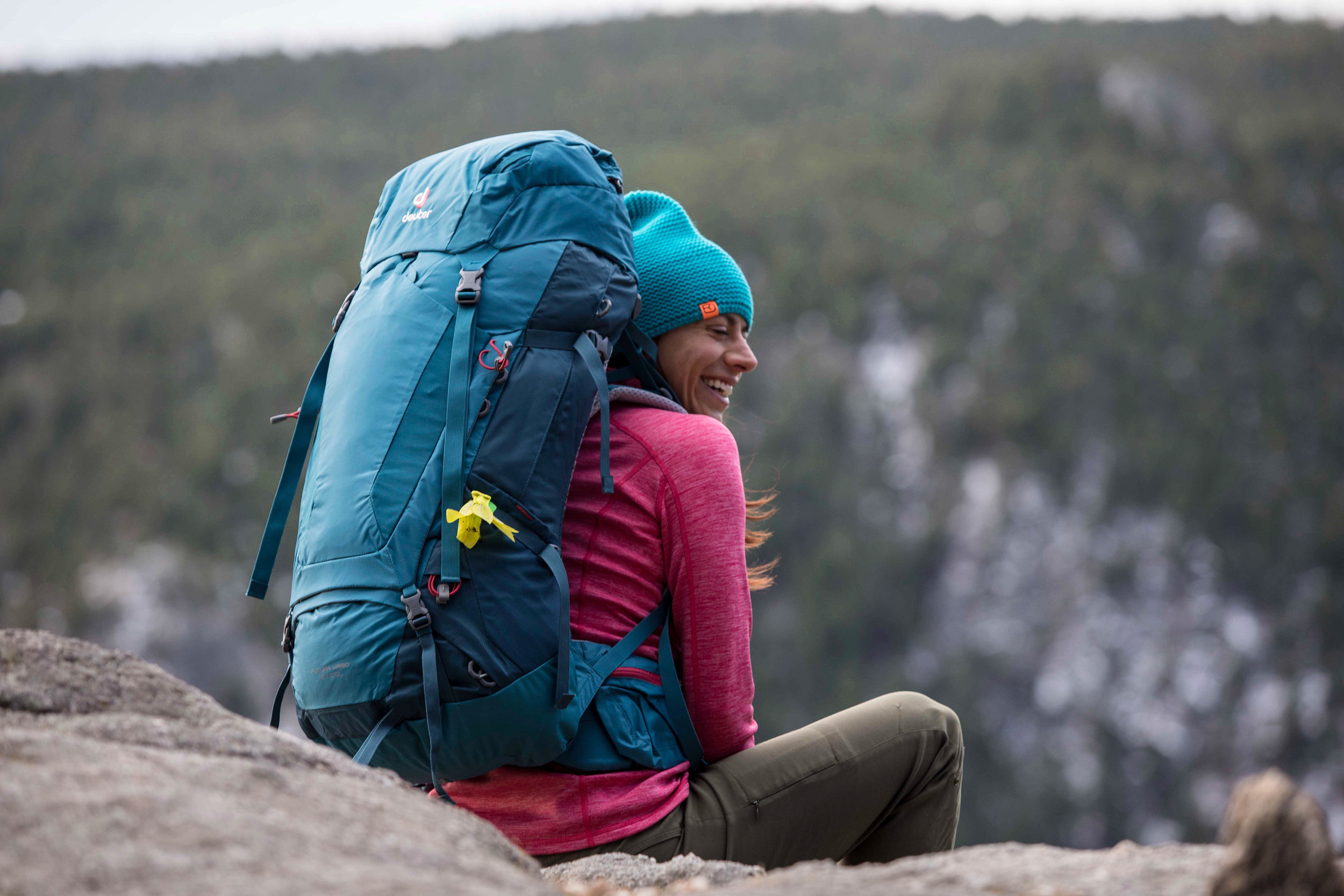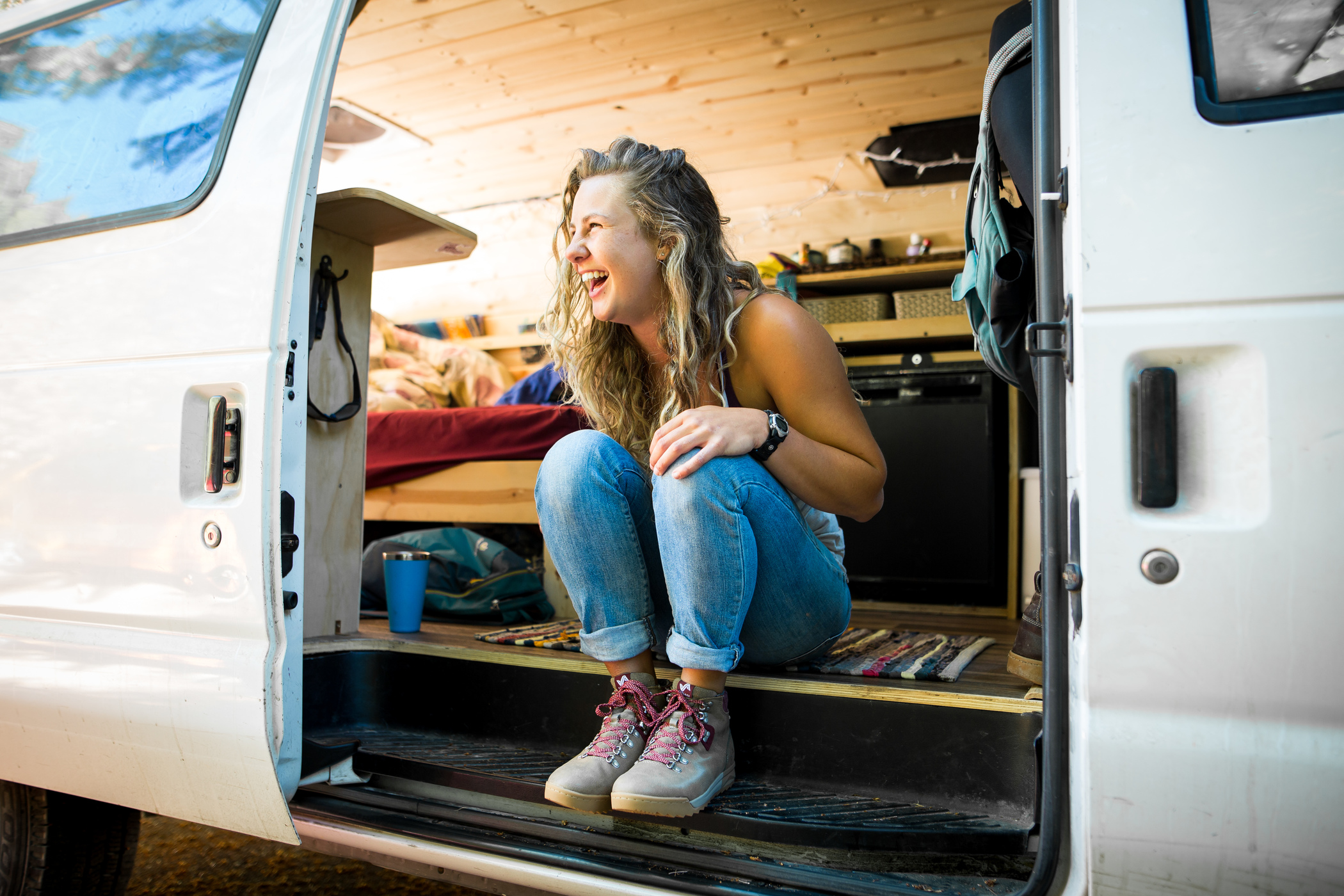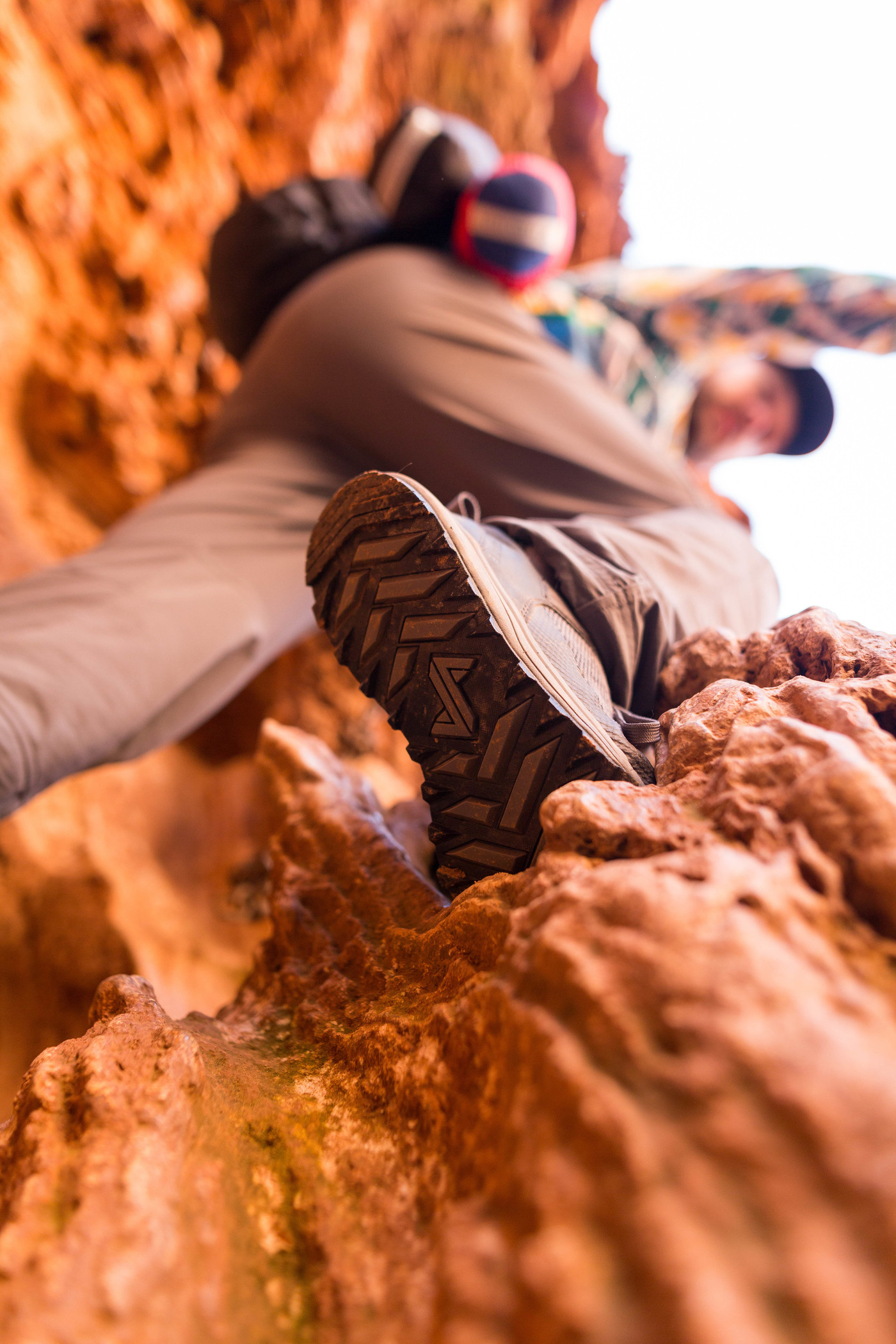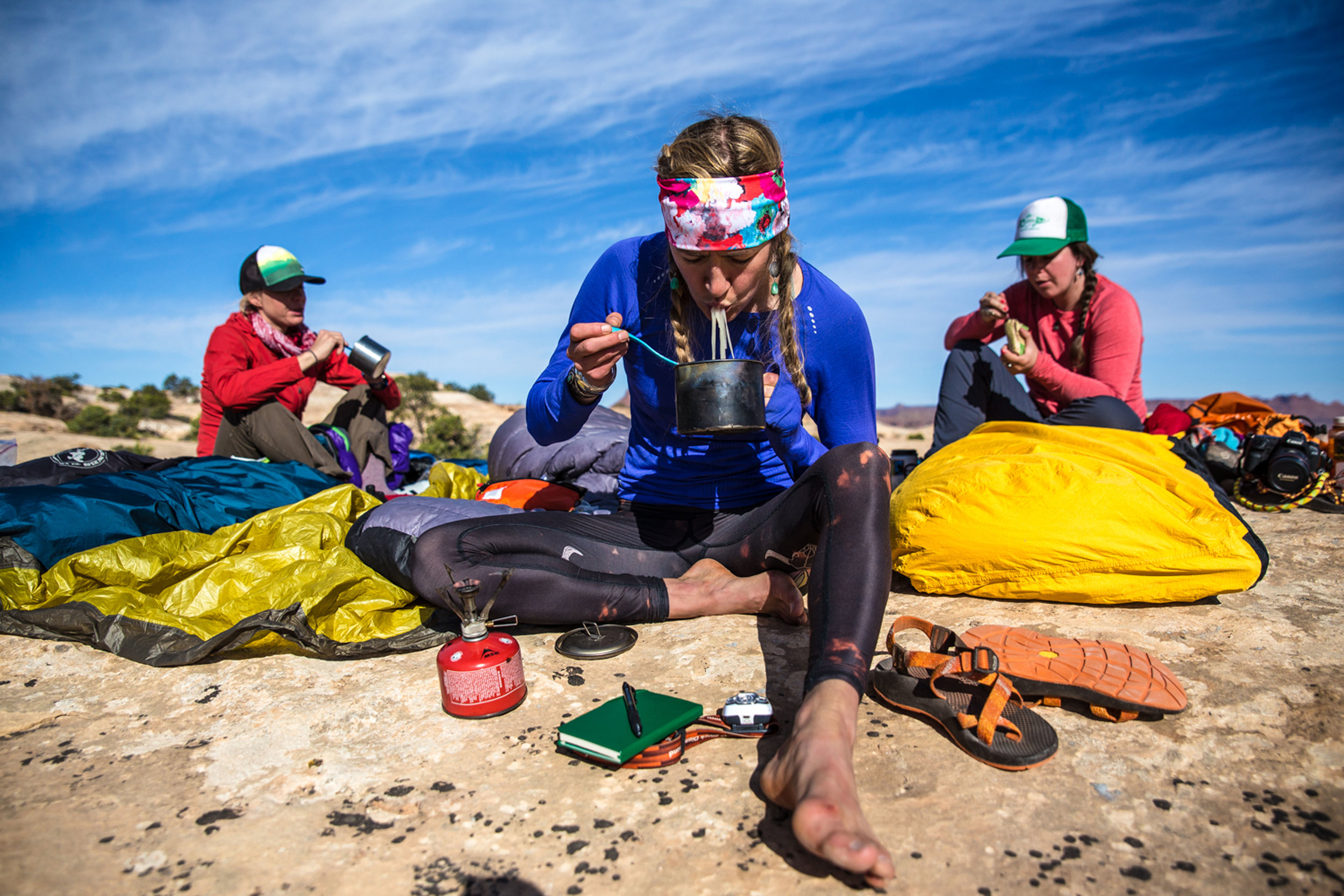Alpine Bivvies: Reducing weight AND staying warm
/Last week, my partner and I made an attempt on the Grand Central Couloir on the North Face of Mt. Kitchener. It would be our first attempt at climbing ANYTHING in the Canadian Rockies. Among many other things, I find going to a new region to be daunting because each seems to have its own climate that requires adapting to. The Rockies are a colder and drier range than the Cascades, Patagonia, or other places I have climbed. We did what I am sure many end up doing – debating our layering and sleeping systems for a good half hour.
The North Face of Mt. kitchener
Our plan for the GCC was to approach in the night before, get a few hours of sleep (3 or so), then start early in the dark. We had been able to gleen from some local folks that the best way to do the route was to sleep in the glacial basin beneath the face, leaving only a short approach across the dying glacier to the start of the route for the day of the climb.
Here comes the question: if you are only sleeping for a few hours, and you want to pack light because you want to maintain energy for climbing, rather than use it approaching, how do you maximize comfort and minimize weight? Each item you add to the pack means a bit more weight getting to the climb which could bring more exhaustion, but on the other hand could provide for better sleep and recovery.
Enter the world of efficient alpine bivvies….First, here are some of the things I have learned:
Some techniques for a light but comfortable bivvy kit
Insulate your self with extra gear – I sleep on top of everything I am not wearing or trying to dry out inside of my bag. This means extra gloves (maybe better for a pillow?), my Gore-Shell (I don’t like sleeping in a shell because I get too warm/sticky, and then subsequently cold), ropes (lay them out nicely), and my pack. When I am trying to go really light,I might not need to bring a pad, or at least only need to bring a small and light one.
Trap warm air – A tent is useful because it traps air, but there are many other ways to achieve a similar affect. Sleeping in alcoves and ice caves can surprisingly be really warm. In fact, when sleeping underneath the small lip at the end of the glacier below Kitchener (see below), the air trapped in our little alcove was so warm that the ice above our heads started melting and dripping. Even on a night with temps of 20*F.
The other problem with bringing tents is that it can be difficult to find a place to set them up. Chopping ledges or otherwise making room for a tent means more energy expenditure and fewer hours of sleep. A tent of course has its time and place (waiting out bad weather, multi-day outings), but when I am only aiming for a few hours of sleep, I find it isn’t worth the weight or setup costs
Warm fluids/food – Whether I am sleeping for a few hours or not, warm fluids before dosing off or just to keep the body warm are indispensable. This year in Patagonia, we rested midway up Standhardt and at the base of the Supercaneleta for hours by just sitting on our packs and ropes, covering our legs with a tarp, and drinking hot fluids.
The other “master” technique if you are eating freeze drieds is to put your freeze dried inside your jacket while it is cooking – just make sure it isn’t leaking!!
Cuddle up – Human bodies generate warmth. Sleeping close to your partner means you can cover up a hold side of your body, which would normally be exposed to cold air.
Dry base layers/socks – I find that the one thing that will often keep me up is cold feet. I thus always bring an extra pair of socks, which are also usually typically the thicker mountaineering/wool type, to wear while sleeping. These also tend to be the socks I will be wearing the next day when climbing, so when I wake up I don’t have to do any changing. The pair I just approached in go inside my bag to dry them out.
Obviously, other dry layers are nice too, depending on how I’ve worked on the approach. There are two strategies I bounce between here: walking slow enough that I don’t sweat out my gear (this also typically means a nice recovery pace that won’t leave me blasted the next day), or bringing long underwear and a top base layer I can put on at camp. I burn pretty warm, so I typically approach in a light (wicking) shirt and then change this out for a heavier base layer. The former shirt can also be worn on aerobic parts of the climb (for example, on Kitchener I planned to bring this light shirt for the first couple thousand feet of snow climbing, and then to switch to a base layer at the base of the harder belayed pitches. It was so warm that this might not have been necessary, but that’s a whole other story.
Our Bivvy underneath Kitchener
I started this piece out with the a reference to bivvying below the north face of Mt. Kitchener. Our kit worked our so well that I thought it was worth discussing. I actually think it could have been even lighter, but had we not found the ice cave, that might not have been the case.
How we constructed our bivvy:
- Walked around the area to find a place that would be protected from the light breeze. One option was to camp on the snow (which might have been flatter, and would have helped us to avoid sleeping on rocks. Then we found this lip which was more protected.
- Found the deepest spot in the little ice overhang and cleared out all big rocks, and pushed some of the gravel around to make it flat.
- Laid down the tarp
- Laid the ropes over the tarp in an organized manner – we rolled our the two coils, so to speak.
- Laid extra jackets, gloves, and our packs over the ropes
- Laid our our pads over all over this
- Once inside our sleeping bags and next to each other, we pulled the top of the tarp over us. We both brought sleeping bag liners but Jimmy didn’t use his. I had mine and actually needed it only because I slept with my bag unzipped half the night by accident, and Jimmy kept rolling over, thus pulling the tarp off of me. Classic.
- We both had Nalgene’s with some warm water that we put inside our bag to keep it from freezing. We slept with the stove gas between us to make sure it was ready to go in the morning.
- Don't forget to pee before going to bed!
Jimmy says: "Please, join me, in my comfortable little ice cave house."
